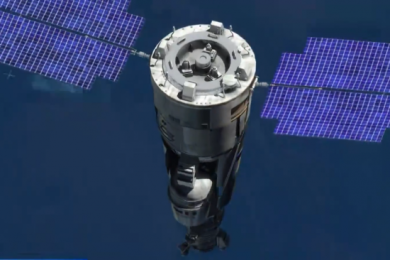Roscosmos, the Russian Federal Space Agency, is about to launch more satellites in order to create a new centre for global imaging that could enhance Earth remote sensing activities. The project includes setting in orbit various satellites between 2016 and 2025, so that the total fleet would increase to 20. The project will also count on the cooperation of the Research Centre for Earth Operative Monitoring, an entity within the Russian Space Systems.
The aim is not only meeting the Russian demand for satellite imagery, but commercial orders from foreign states and private companies as well. According to a Roscosmos spokesperson, the agency’s strategy consists of shifting from providing images for free to one where clients have to pay in part for the service. This would incentive investment in the industry and enhance quality.
The Research Centre for Earth Operation Monitoring current satellite fleet is comprised of two Resurs-P, a Resurs-DK1, a Kanopus-B, and three meteorological units. All deliver high resolution images, and provide services for several Russian government entities, including the Emergencies Ministry, the Ministry of Agriculture, and the Environment Ministry. Only Resurs-DK1, the oldest one of the satellites, offers images for commercial clients and the aim is to increase the fleet of satellites giving service for the private sector.

